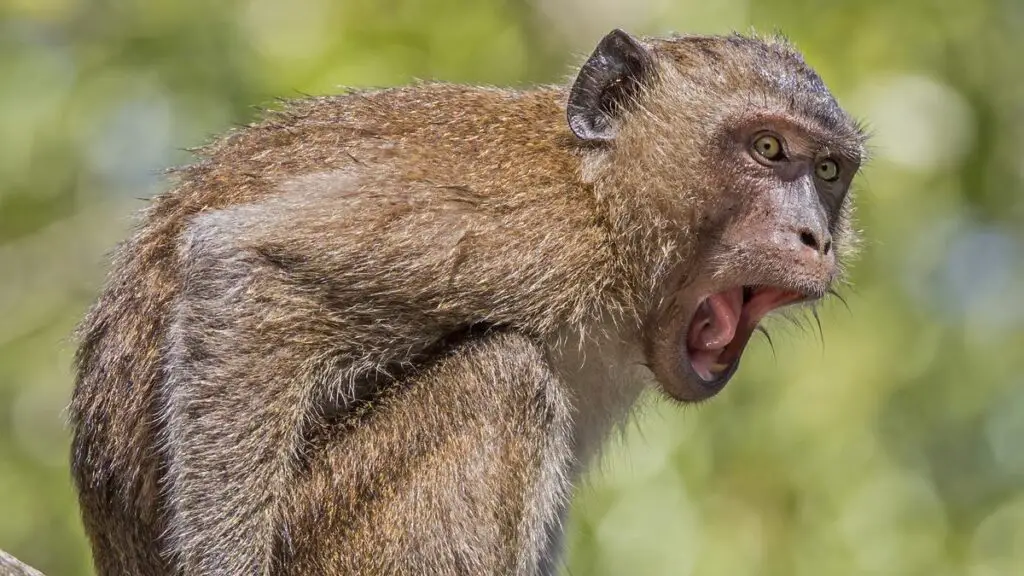Scientists Successfully Produce Chimeric Monkey in Landmark Study
In a groundbreaking study, scientists have achieved a major milestone by successfully producing a live infant chimeric monkey of the species Macaca fascicularis. The results of this study, which were published in the journal Cell, mark a significant advancement in the field of biomedical research.
The successful production of a live chimeric monkey comes at a time when the demand for organ transplants is on the rise. In India alone, more than 3 lakh people are waiting for organ transplants, and this number is even higher on a global scale. The shortage of organ donors has led to an alarming disparity between the number of donors and the number of recipients. In order to address this gap, researchers have turned to the use of animal organs and tissues in human surgeries.
The use of animal insulin and the more recent application of animal heart valves in human surgeries have resulted in life-saving treatments for many patients. Additionally, researchers have been exploring the possibility of growing full human organs inside the bodies of animals using induced pluripotent stem cells (iPSCs) technology. While these advancements hold promise for the medical field, they have also sparked controversy, particularly in regards to the creation of chimeric animals and the use of human iPSCs in animal embryos.
Chimeras in Nature
Chimeras, which are single organisms composed of cells of more than one distinct genotype, are not uncommon in the animal kingdom. Examples of chimerism can be found in a variety of species, ranging from the common parakeet to marine sponges.
In nature, chimeras can arise through various mechanisms, including changes in the genetic material of a single cell, the fusion of multiple embryos, or the absorption of one twin by another during the embryonic stage. These naturally occurring chimeras provide valuable insights into the genetic diversity and adaptability of different species.
Chimeras in Non-Human Primates
While chimeras have been induced in laboratory settings, such as in rat-mouse and human-animal hybrid experiments, the successful generation of a live chimeric monkey represents a significant achievement. In this study, researchers used embryonic stem cells from one-week-old embryos of Cynomolgus monkeys, also known as long-tailed macaques, to create chimeras. The resulting offspring exhibited a high degree of chimerism in various tissues, including the eyes, brain, heart, and kidneys.
The implications of this study are far-reaching, as it opens up new possibilities for using non-human primates as models for biomedical research. However, it also raises ethical and technical challenges that must be addressed before considering the potential applications of chimeric research in human medicine.
Moving Forward
The successful production of a live chimeric monkey represents a significant milestone in the field of biomedical research. While the study has opened new doors for potential applications in human medicine, it also highlights the need for careful consideration of the ethical and scientific implications of chimeric research.
As the field of chimeric research continues to evolve, it is essential to maintain a balance between the potential benefits and the ethical considerations associated with creating chimeric animals. With ongoing advancements in biomedical technology, researchers and ethical policymakers must work together to ensure that chimeric research is conducted responsibly and in the best interest of both human and animal welfare.

